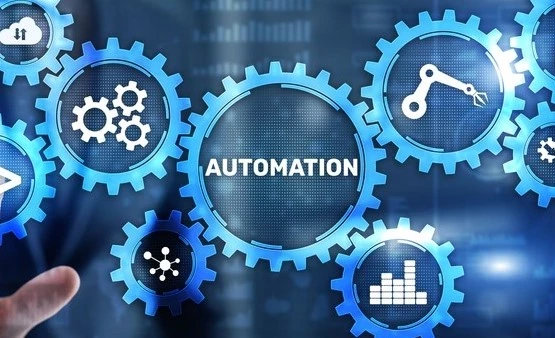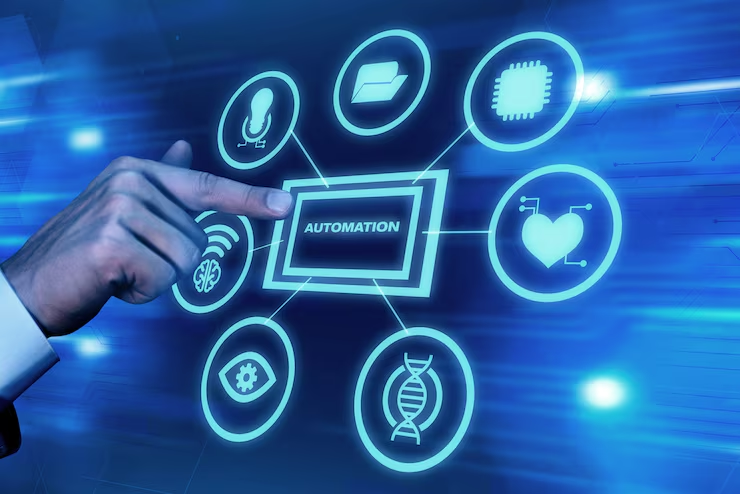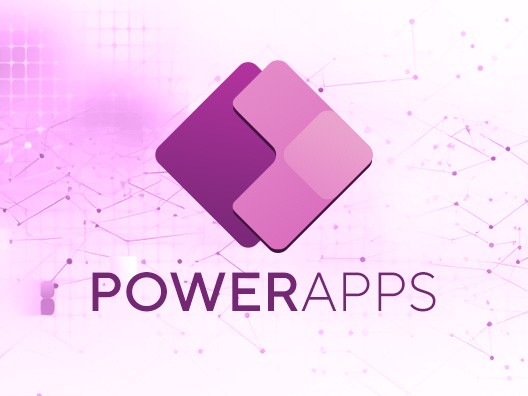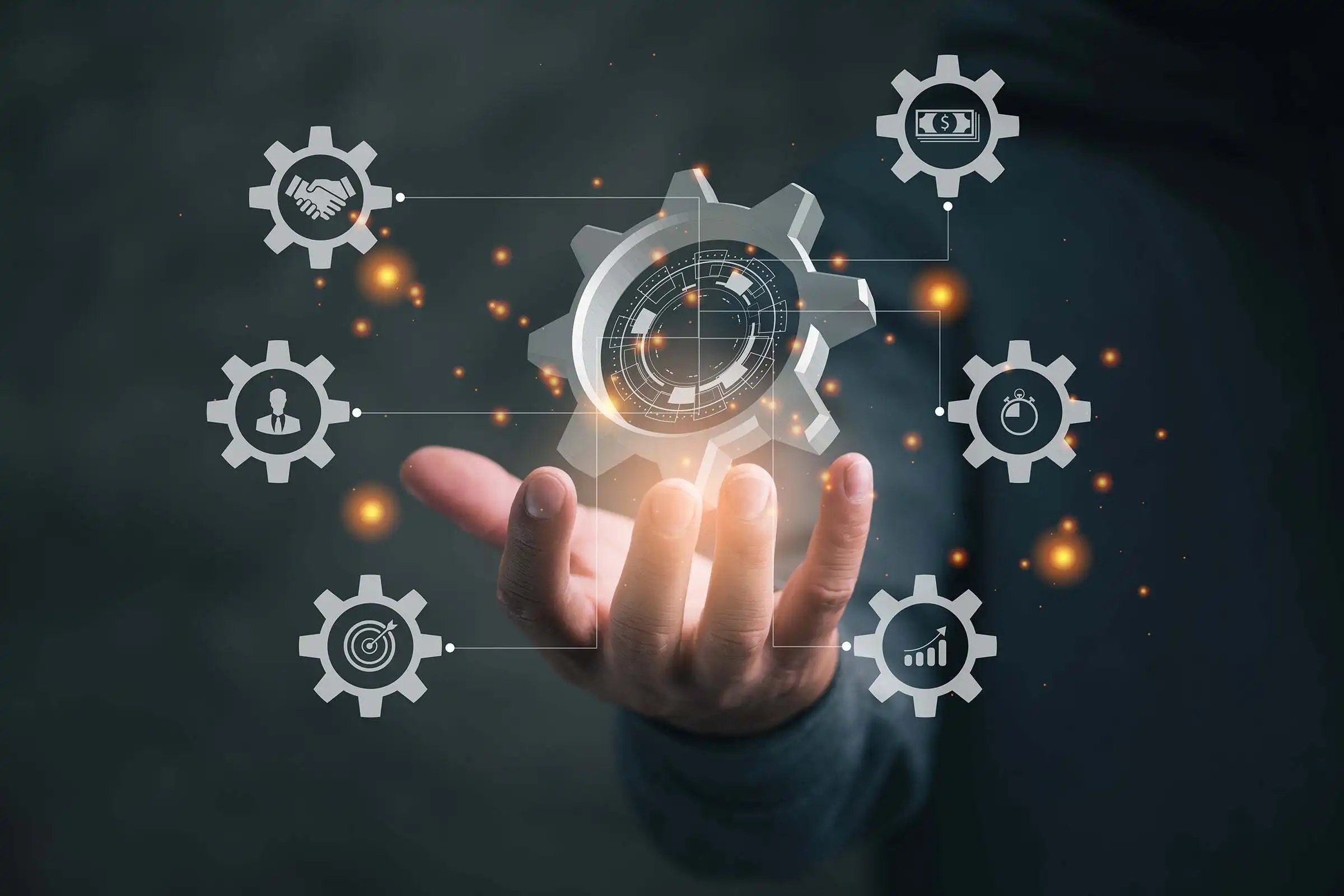Data continues to drive business innovation and organizations are rapidly evolving their analytics strategies to keep pace with technological advancements. In 2025, data analysis will no longer be a behind‐the‐scenes function, it will be a core driver of decision-making and digital transformation. Here, we explore the top trends that will redefine the field, from Artificial Intelligence (AI) -powered predictive tools to integrated data architectures and real-time insights.
AI-Powered Analytics & Advanced Machine Learning
Artificial intelligence is transforming data analysis by shifting the focus from simple descriptive reporting to predictive and prescriptive analytics. Advanced AI models now enable organizations to forecast trends, detect anomalies, and recommend actions based on vast datasets. Tools like automated machine learning (AutoML) platforms and natural language processing (NLP) interfaces are making it easier for non-experts to interact with complex data. For instance, companies are leveraging AI to reduce processing times, improve accuracy, and even tailor insights in real time—all of which are crucial for maintaining a competitive edge.
Data Fabric and Unified Data Integration
Data silos have long been a barrier to effective analytics. Emerging data fabric solutions are designed to seamlessly integrate disparate data sources whether on-premises, in the cloud, or across hybrid environments. By creating a unified data layer, businesses can improve data governance, streamline workflows, and empower real-time decision making. This unified architecture not only simplifies access to data but also supports advanced analytics initiatives across the organization.
Real-Time and Edge Analytics
With the explosion of Internet of Things (IoT) devices and the need for instantaneous insights, real-time data processing has become essential. Edge computing allows data to be processed at or near its source, reducing latency and enabling faster responses. Industries such as manufacturing, healthcare, and smart cities are already capitalizing on edge analytics to monitor operations and enhance service delivery. Technologies like Apache Kafka and cloud-native streaming platforms ensure that companies can capture and analyze data on the fly, ultimately improving both efficiency and customer satisfaction.
Data Democratization and Self-Service Analytics
The next generation of analytics tools is designed to empower non-technical users. Self-service platforms, equipped with intuitive dashboards and conversational interfaces, make it possible for employees at all levels to extract actionable insights without heavy reliance on IT or data science teams. This democratization of data fosters a culture where informed decisions can be made quickly, boosting overall productivity and innovation.
Explainable AI (XAI) and Ethical Data Analysis
As AI becomes deeply integrated into analytics, transparency and trust are more important than ever. Explainable AI (XAI) focuses on making the decision-making processes of complex algorithms understandable to end users. In regulated sectors like finance and healthcare, the ability to interpret AI-driven insights is crucial for compliance and ethical operation. By ensuring that AI outputs can be scrutinized and validated, organizations can foster greater confidence among stakeholders and drive responsible innovation.
Data Lake-houses and Hybrid Cloud Solutions
Data lake-houses—which combine the flexibility of data lakes with the reliability of data warehouses—are emerging as the dominant architecture for enterprise analytics. This approach reduces data redundancy and improves cost efficiency while supporting diverse data types and workloads. Moreover, hybrid cloud strategies allow companies to balance the scalability of public cloud services with the security and control of private environments, ensuring that data remains accessible and well-governed regardless of its location.
Looking Ahead: Quantum Computing & Augmented Analytics
While still in its early stages, quantum computing promises to revolutionize data processing by solving complex optimization problems far more quickly than traditional systems. Combined with augmented analytics tools that leverage AI to automate insight generation and data storytelling, quantum computing could pave the way for even more sophisticated analytical capabilities in the coming years.
Conclusion
Data analysis in 2025 and beyond will be defined by its speed, accuracy, and accessibility. From AI-powered predictive models to integrated data fabrics and edge computing, the trends shaping the future will empower organizations to make smarter decisions faster. By embracing these innovations and investing in ethical, transparent AI practices, businesses can unlock new opportunities and maintain a competitive edge in an increasingly data-driven world.
Sources
Hyperight – Top 5 Data and Analytics Trends to Watch in 2025
Simplilearn – Data Analytics Trends in 2025
Real-Time Business Intelligence
GeeksforGeeks – Top Data Analytics Trends in 2025






